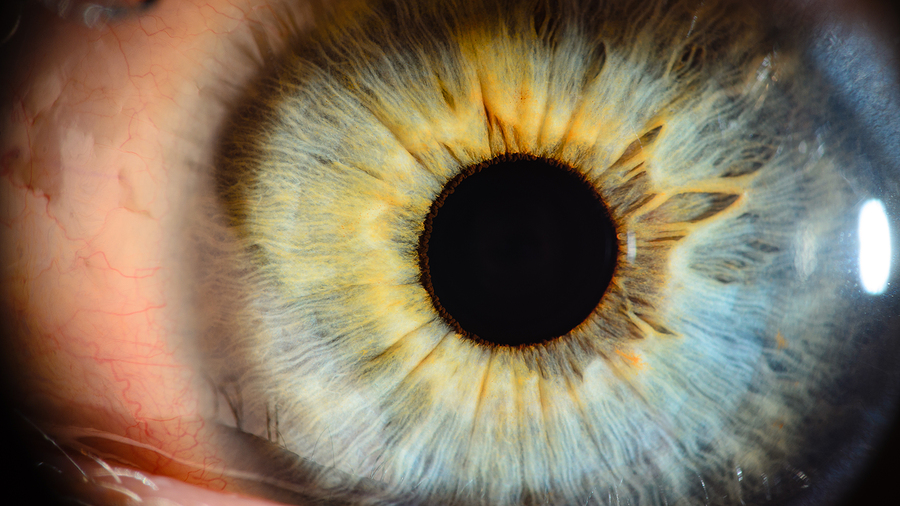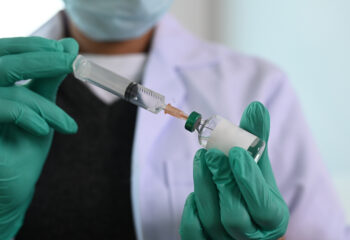Vabysmo (faricimab-svoa), recently approved by the Food and Drug Administration, is the first bispecific antibody for eyes. The drug, developed by Roche Genentech to treat both wet age-related-macular degeneration and diabetic macular edema offers a dosing regimen that requires less frequency than injectable medications currently in use. Physicians and patients will likely agree, more options and less shots in the eye represent an important advance in the treatment of two leading causes of vision loss.
Without effective treatment, patients with AMD and DME live with a progressive loss of detail vision causing difficulty reading, facial recognition and driving, while peripheral vision remains intact. Wet age-related macular degeneration happens in about 10% of all AMD cases and is marked by abnormal blood vessels that develop underneath the retina and cause bleeding and swelling of the macula. Common symptoms include blurriness and waviness or loss of central vision. Diabetic macular edema can occur at any stage of diabetic retinopathy marked by changes that lead to fluid accumulation, also known as edema, in the retina. If fluid accumulates in the macula, or the central area of the retina which provides your sharpest vision, the vision may become severely compromised.
Charles C. Wykoff, MD, PhD, a Vabysmo phase 3 investigator and director of research at Retina Consultants of Texas, said in a press release “With Vabysmo, we now have the opportunity to offer patients a medicine that could improve their vision, potentially lowering treatment burden with fewer injections over time.”
The new drug works by inhibiting 2 pathways, Ang-2 and VEGEF-A to reduce inflammation and leakage of blood vessels, minimizing the loss of vision. Vabysmo treatment begins with 4 monthly intravitreal injections, with follow up injections at 1 to 4 month increments.
More at: VABYSMO Patient Website







